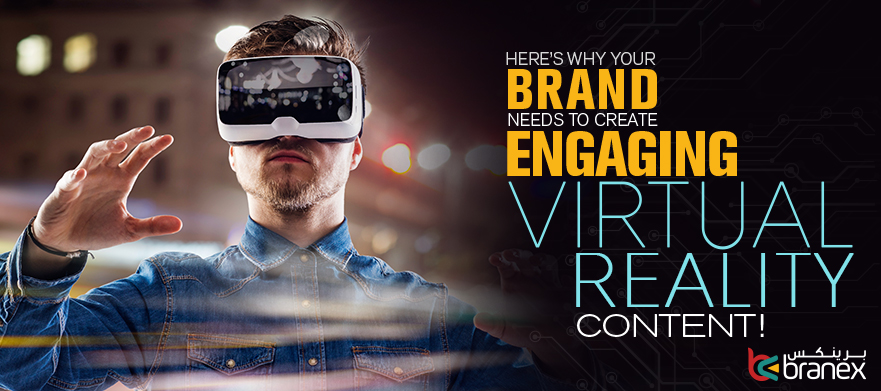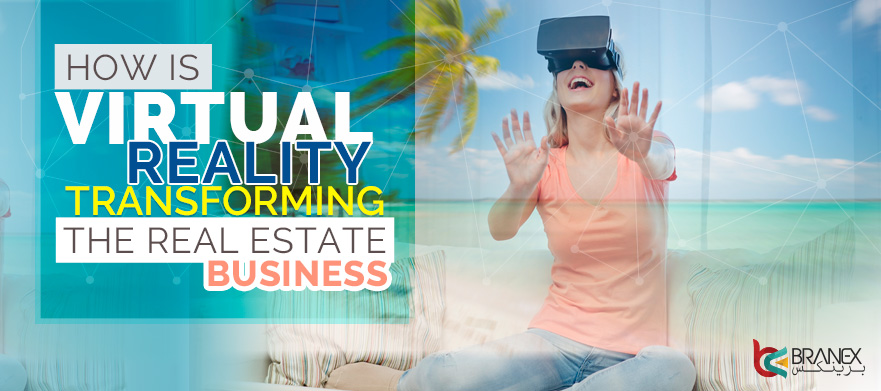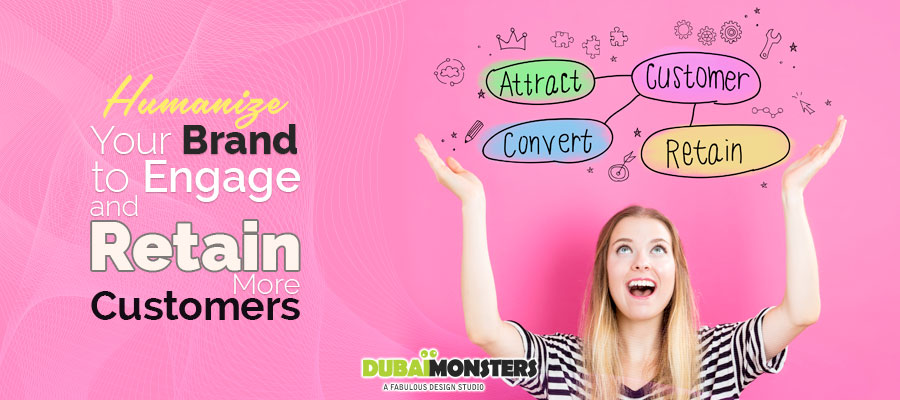With the advent of virtual reality, businesses have dramatically transformed the way they run their operations and interact with customers. A wide array of organizations have already adopted the VR technology and the numbers are only projected to soar up within the next wave of years. The popularity of virtual reality is skyrocketing and continues to push the creative boundaries of our imagination. This is why most brands and marketers are looking for new ways and effective tools to come up with appealing virtual reality content.
Consumers of today have grown rather weary of run-of-the-mill tedious 2D media content. What they aspire for is a dose of exciting, awe-inspiring, and jaw-dropping amazing experiences. Virtual reality is the best way to deliver information in an entirely new and engaging way to pique the interest and curiosity of your customers. There are many established brands that are already leveraging VR technology to engage and interact with their prospects.
How to Come up With Engaging VR Content
- Since there are no standard guidelines for VR content creation, there are some tried and tested ways that your brand can jump on to create a stream of immersive VR content.
Make sure that your viewers are proactively immersed in the virtual reality experience by allowing them to interact with the virtual environment, instead of simply viewing it on a screen. - Capitalizing on your unique creative flair, you have the complete freedom to push the boundaries of possibilities and offer users a truly amazing and unique experience that becomes etched on their minds. You can incorporate an element of surprise, wonder and scare to create an exhilarating experience.
- To create a stunningly immersive and cinematic experience, use 360-degree videos, 3D still images and audio effects. A perfect mélange of audio-visual components will make your VR content out-of-the-world.
Types of Virtual Reality Content
360 Videos
360-degrees video is the most common type of virtual reality content that can create an immersive and memorable experience. In fact, 360 videos are a perfect way to engage and motivate your target audience. All you need is a VR gear (a spherical camera with 360-degree lends and tripods) and that’s it. You can use a special editing software for post-production. You can use Videostitch, a commendable 360 video stitching software that can bring all the footage under one umbrella to ensure the most optimal quality of visuals.
Make sure that your VR content looks awesome on every device – desktops, smartphones, tablets, and headsets. A study suggests that 360 videos have a higher CTR and glean a whopping 40% more response than standard videos.
3D Animation
Another great type of VR content which is all about creativity and fantasy is 3D animation. Regardless of whether it is a game, a virtual shopping room or a virtual 3D tour to your new home, in the 3D digital environment, users have the complete freedom to move around, closely scrutinize objects, and interact with them in the same way as they would in the real world.
Marketers can make use of myriad tools such as Structure Sensor, LightWave, Modo, Cinema 4D, Maya and more to create a real-life virtual 3D environment. For creating 3D VR games, a lot of game engines exist, such as Unity and Unreal, and Google VR SDK that developers can use.
VR and App Development
Virtual reality is a groundbreaking technology, since it makes users feel as if they are actually present in a 3D world. The exciting VR adventure begins with a stereoscopic headset, a Head Mounted Display (HMD) that will take you to an entirely new world of a computer-simulated reality that mimics physical presence in the real environment.
VR is the hottest emerging technology out there, and the availability of VR devices has strengthened its popularity. There are a number of VR headsets such as Oculus Rift, HTC Vive, and more that work well with iPhones and Android and turn your smartphone into an immersive device. For instance, Google Cardboard headset can work both for Android and iOS.
Industries that are Creating VR Content for their Business
There are many industries that are benefiting from the VR technology. The real estate, gaming, manufacturing, automotive, healthcare, education, travel, and entertainment industries have especially adopted the VR technology.
You will find many amazing examples of how brands have leveraged VR to promote their products, from IKEA to Oreo to Mercedes to Expedia. However, other industries are also finding new ways of using the VR technology to promote their brands.
Automotive
The automotive industry has already adopted VR technology. Brands such as Audi, Mercedes-Benz, Ford and more have created stunningly immersive 3D experiences that simply allow potential customers to check out the latest models of cars without seeing them in real life. Take a look at this 360-degree video and experience the new generation SL:
Retail
IKEA, a leading retail store for furniture, home accessories and lighting makes online shopping easier by creating virtual reality apps. Customers can see exactly how IKEA furniture items would look and fit in their homes.
Real Estate
VR technology enables real estate professionals to display their properties to prospective buyers through virtual reality tours in a more realistic and exciting setting.
Have a look at this video.
RoOomy offers high-quality 3D modeling, rendering and virtual staging services, helping users visualize their dream homes through the power of 3D, augmented, and virtual reality.
Start VR crafts breathtaking cinematic VR content, 360-degree videos and photo-realistic 3D tours for their clients.
Travel/Tourism
By visiting a location in virtual reality, potential travelers can make decisions easily. Thomas Cook was the first corporate travel agency that leverages the VR experience to allow travelers to try before they fly. The travel company experienced a good conversion rate for bookings when customers viewed the VR content of premium and economy class cabins in real-time.
Finance and Banking
A wide array of banks and credit unions are using this emerging technology to create VR apps flaunting their digital banking solutions in immersive 3D environments. Commonwealth Bank, a leading financial institution in Australia, has created a stellar VR app to test their candidate’s decision-making mettle to recruit the right talent.
Wrapping Things Up
Virtual reality is a powerful trend that is skyrocketing. Brands are investing their time and energy in creating VR content and apps to boost their brand reach and promote their products and services. If your brand is not using this emerging technology, it’s high time to get the most out of VR trend, as your competitors might be already outperforming you with the help of VR content. Virtual reality can leave a greater impact on the consumers’ purchasing process, so it is important to create a ground-breaking and entertaining experience.













